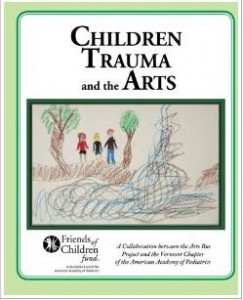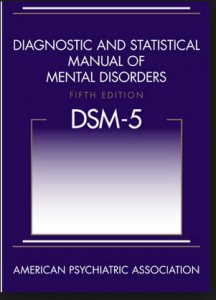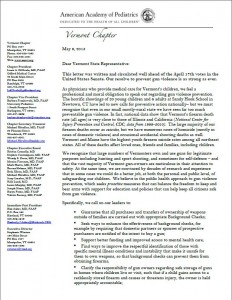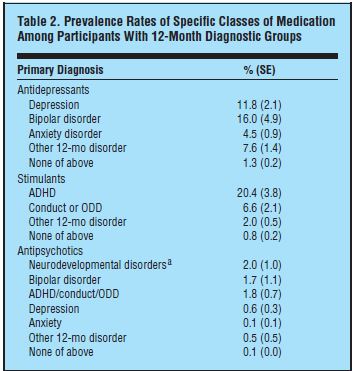The book Children, Trauma, and Arts, a collaborative project between the Vermont Chapter of the American Academy of Pediatrics (AAP) and the Arts Bus Project was released last week. The Arts Bus travels from town to town, providing children opportunities to participate in art, theater, and music. After tropical storm Irene, the bus visited several affected towns and helped local kids express their thoughts and feelings about the storm and its devastating effects. 
Vermont AAP President Dr. Louis DiNicola partnered with Art Bus board president Anthony Keller to edit this book that contains contributions from many pediatric and mental health professions from across the state. The book also shows some striking drawings by children that depict scenes of their towns after Irene, some of which can be viewed here. Among the chapters are two from VCCYF faculty: a chapter by Director Jim Hudziak entitled “Promoting Healthy Brain Development as a Strategy to Deal with Adversity,” and my own chapter “Trauma in Children: Options for Psychiatric Response” that provides tips for helping children after a disaster and signs to recognize possible post traumatic stress disorder. The book also contains recommendations for how art can help children express and cope with upsetting events that they have experienced.
 The book is being distributed free of charge to Vermont pediatricians, as well as some mental health professions, arts leaders, and disaster relief coordinators. It is also available to the public for purchase, although the hope is to secure additional funding so that a wider free distribution can be made.
The book is being distributed free of charge to Vermont pediatricians, as well as some mental health professions, arts leaders, and disaster relief coordinators. It is also available to the public for purchase, although the hope is to secure additional funding so that a wider free distribution can be made.
We congratulate the Arts Bus team and the AAP for putting together such a useful and important work and then getting the book out to many of the people who could benefit from it.









